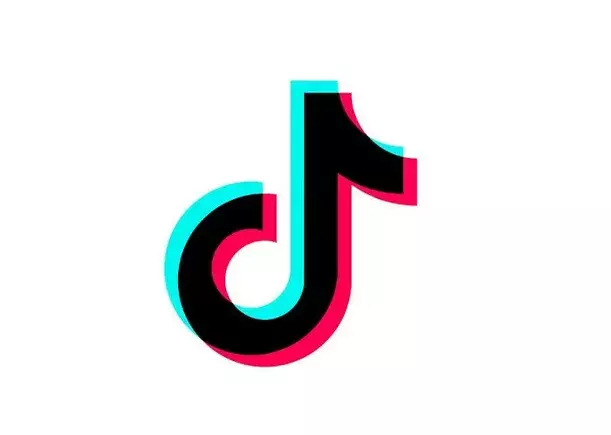TikTok’s recent Transparency Report for the second half of 2024 has sparked discussions on the platform’s proactive measures against misinformation, producing compelling insights about how social media companies are grappling with accountability in the current landscape. In a world overwhelmed by content, TikTok seems to position itself as a falcon-eyed guardian, striving to maintain the integrity of information shared amongst its vast user base. This report is not merely numbers and statistics; it’s a reflection of TikTok’s evolving role in silencing misinformation while navigating the tricky waters of user-generated content and political influence.
One of the most striking aspects of the report is the amount of political advertisements removed—36,740 to be precise. This figure underscores not only TikTok’s commitment to its policy against political content but also the pressing issue of how influential social media is becoming in shaping public discourse. It reveals a dual narrative: while political groups are increasingly keen on leveraging the platform for their messaging, TikTok demonstrates its resolve to draw clear lines when it comes to political advertising. The undeniable insight here is that platforms must not only enforce rules but also continuously educate users about the risks of misinformation and the impact of political rhetoric.
Combatting Fake Accounts and Manipulative Behavior
In a related effort to uphold authenticity, TikTok reported removing almost 10 million fake accounts in the same period, alongside an astounding 460 million fake likes. These figures represent significant strides toward curbing manipulative practices that can distort user experience and skew engagement metrics. The removal of such accounts suggests a commitment to fostering authentic interactions—something highly coveted in an age where user trust hangs in the balance.
However, the nuances of ‘authenticity’ are worth dissecting. If interactions remain bound by social pressures—like liking your friend’s post to avoid hurt feelings—can we really consider that truly authentic? TikTok’s actions, while impactful, challenge us to contemplate the complexities of behavioral dynamics in social media engagement.
AI-Generated Content and Its Implications
Another focal point of TikTok’s report is the removal of 51,618 videos violating rules pertaining to synthetic media and AI-generated content. These statistics speak volumes given the myriad challenges posed by the advent of advanced AI capabilities. TikTok has made moves towards transparency by implementing technologies such as C2PA Content Credentials, intended to label AI-generated content accurately.
Yet, the report highlights an amusing irony. Even as TikTok strives for accountability, reports suggest that AI-generated content hasn’t significantly breached the integrity of its platform in terms of impact. This presents a window into future challenges, as we are reminded that while monitoring tools may work effectively today, the horizon is continually shifting. Shouldn’t platforms be proactive, anticipating the next wave of AI-driven deceptive practices instead of waiting to react?
The Role of Third-Party Fact-Checking
TikTok’s approach to misinformation also involves collaboration with fact-checking organizations, as evidenced by onboarding two new partners and maintaining relationships with 14 accredited entities. This dedication to partnering with impartial third parties demonstrates a noteworthy commitment to transparency and trust. In this regard, TikTok appears to be on a different trajectory compared to its competitors, like Meta, which is moving away from traditional fact-checking practices toward crowd-sourced verification.
Interestingly, TikTok revealed that there was a 32% reduction in content shares among EU users when “unverified claim” notifications appeared. This figure not only endorses the efficacy of a structured third-party fact-checking model but also raises important questions: Is it possibly more effective than crowd-sourced methods? Can platforms uphold credible standards without evolving past third-party accountability? The nuances of content validation within social media speak to the broader implications of digital literacy and the responsibilities platforms must shoulder.
Challenges Ahead
Despite TikTok’s impressive figures and efforts, the challenges it faces are monumental. As it sent 6,000 videos to be fact-checked, one can’t help but ponder whether that’s sufficient given the ever-growing volume of content. The heart of the issue lies in scalability; while the intention is commendable, can third-party fact-checking ever truly catch up to the rampant rate of information dissemination?
This predicament illuminates a crucial gap and beckons a larger discourse on the systematic limitations of relying solely on third-party resources. While TikTok is trying its best to refine its mechanisms for curbing misinformation and promoting authenticity, the need for more comprehensive solutions becomes glaringly evident. In a landscape marked by manipulation and false narratives, the path forward for platforms like TikTok demands relentless innovation in both technological and human resources. The stakes have never been higher, and the expectation for accountability continues to gather momentum.

